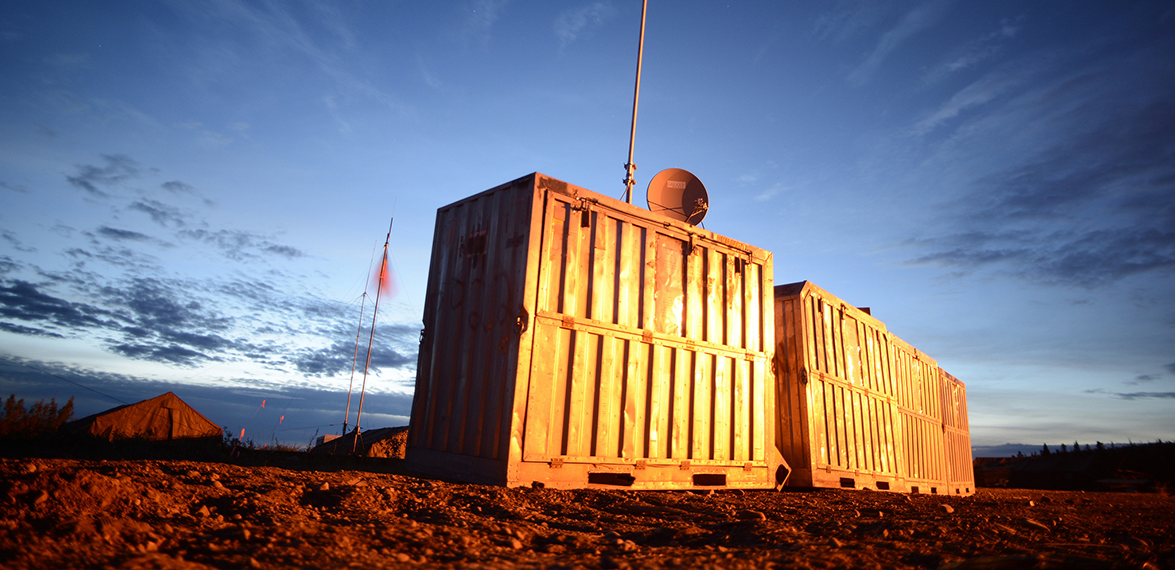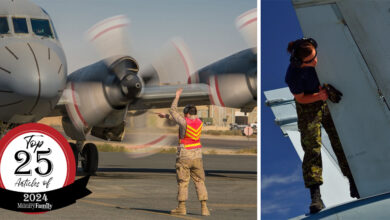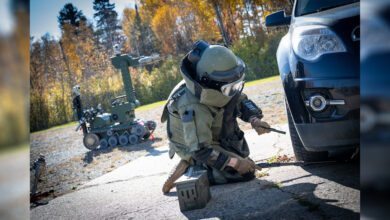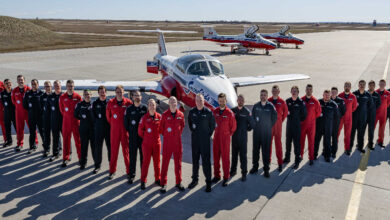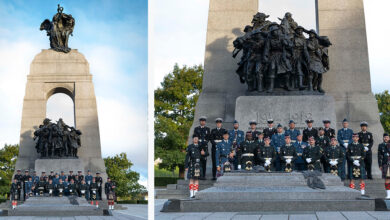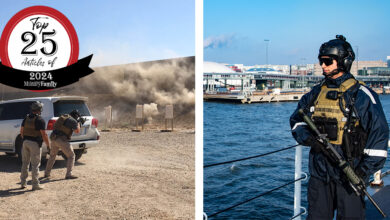Duty Calls
Government to invest in research and development to support Arctic surveillance
The Department of National Defence, in an announcement made recently, is investing in research and development in support of Arctic surveillance.
There have been two contracts awarded, one to Raytheon Canada Ltd, and the other to the University of Toronto Institute for Aerospace Studies’ Space Flight Lab. The contracts are worth a total of $46.2 million, and they are through the All Domain Situational Awareness Science & Technology Program.
“Our government understands that science and innovation are crucial in solving some of our most complex defence and security challenges. Through these contracts, the Department of National Defence is taking the next step to solving our surveillance challenges in the Arctic. We are proud to be partnering with Raytheon Canada and the Space Flight Laboratory to produce innovative solutions that will help to protect Canada’s North,” stated Harjit Sajjan, Minister of National Defence in a press release.
These surveillance solutions will improve the Canadian Armed Forces (CAF) access to accurate and timely information, with the aim of better collecting, understanding and disseminating information and intelligence. Doing so will allow the CAF to better support their ability to succeed on operations at home or abroad.
Raytheon Canada Ltd has been awarded a $32.2 million contract for the construction of transmit and receive electronics for a study of over-the-horizon radar detection at long range. The main objective of this project is to show the feasibility of sky-wave radar technology for detecting air targets at all altitudes beyond the radar’s horizon. Once operational, this system will be used in conjunction with other systems to grow our understanding of the effect of the Aurora Borealis on target detection beyond the horizon.
The Space Flight Laboratory has been awarded $15 million to develop a prototype of a multipurpose microsatellite, which will be equipped with state-of-the-art sensor technology for air and maritime surveillance. These microsatellites, when developed, will allow for quick and timely detection and identification of surface or airborne targets. The aim is to improve the reliability of detection and identification performance, thus leading to improved situational awareness for the Canadian Armed Forces, and partners. Once a prototype has been successfully built, they will develop two more microsatellites to create a small formation. These will be used for demonstration and testing.
The goal of these systems is to assist Canada in exercising sovereignty in the North, as well as provide awareness of safety and security issues, along with transportation and commercial activity in Canada’s Arctic. They will also contribute to the modernization of the North American Aerospace Defence Command (NORAD), a joint effort between Canada and the United States.
The All Domain Situational Awareness Science & Technology Program is a five-year investment (ending in 2020) of $133 million that aims to support the development of enhanced domain awareness of air, maritime surface and sub-surface approaches to Canada, specifically the Arctic.


